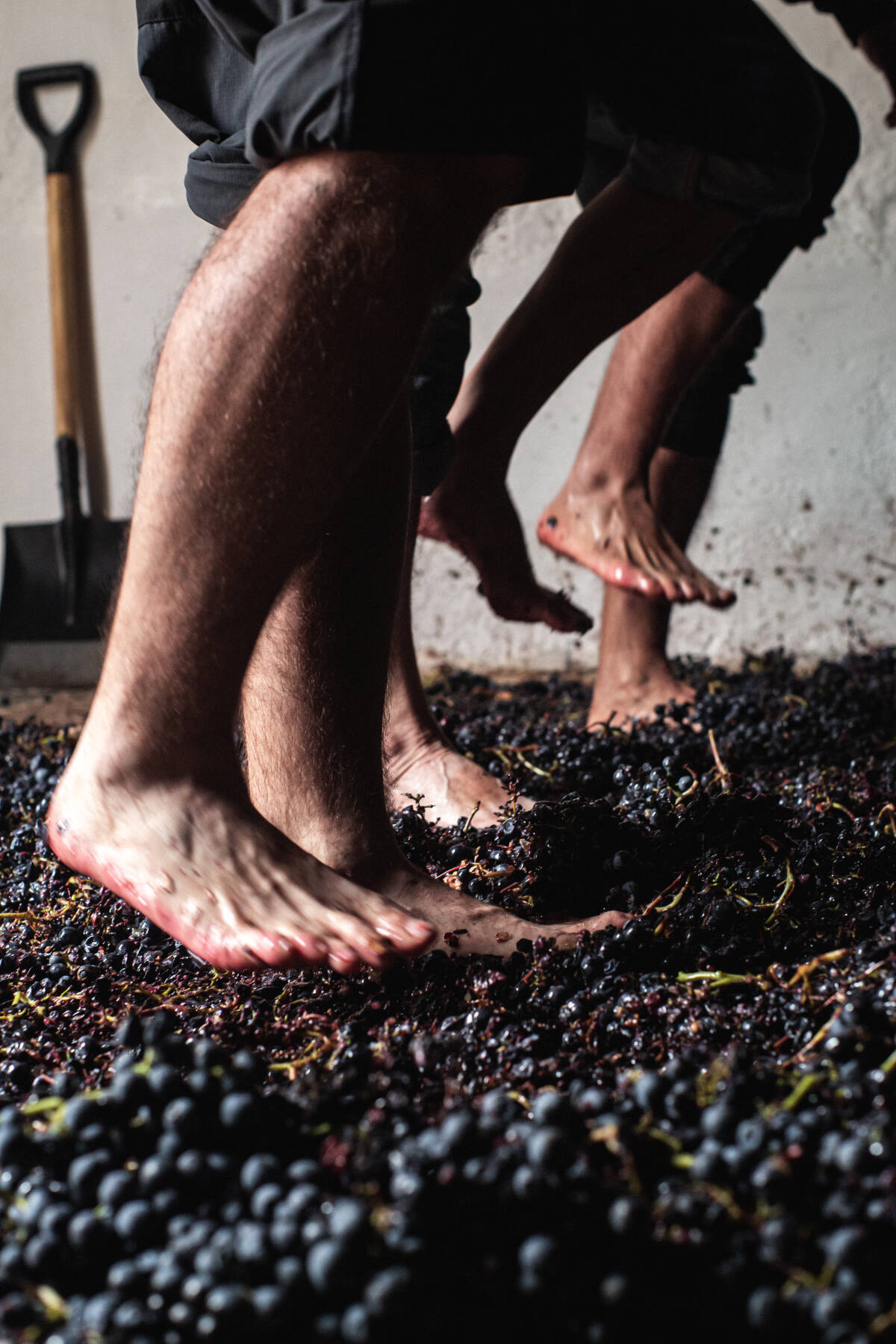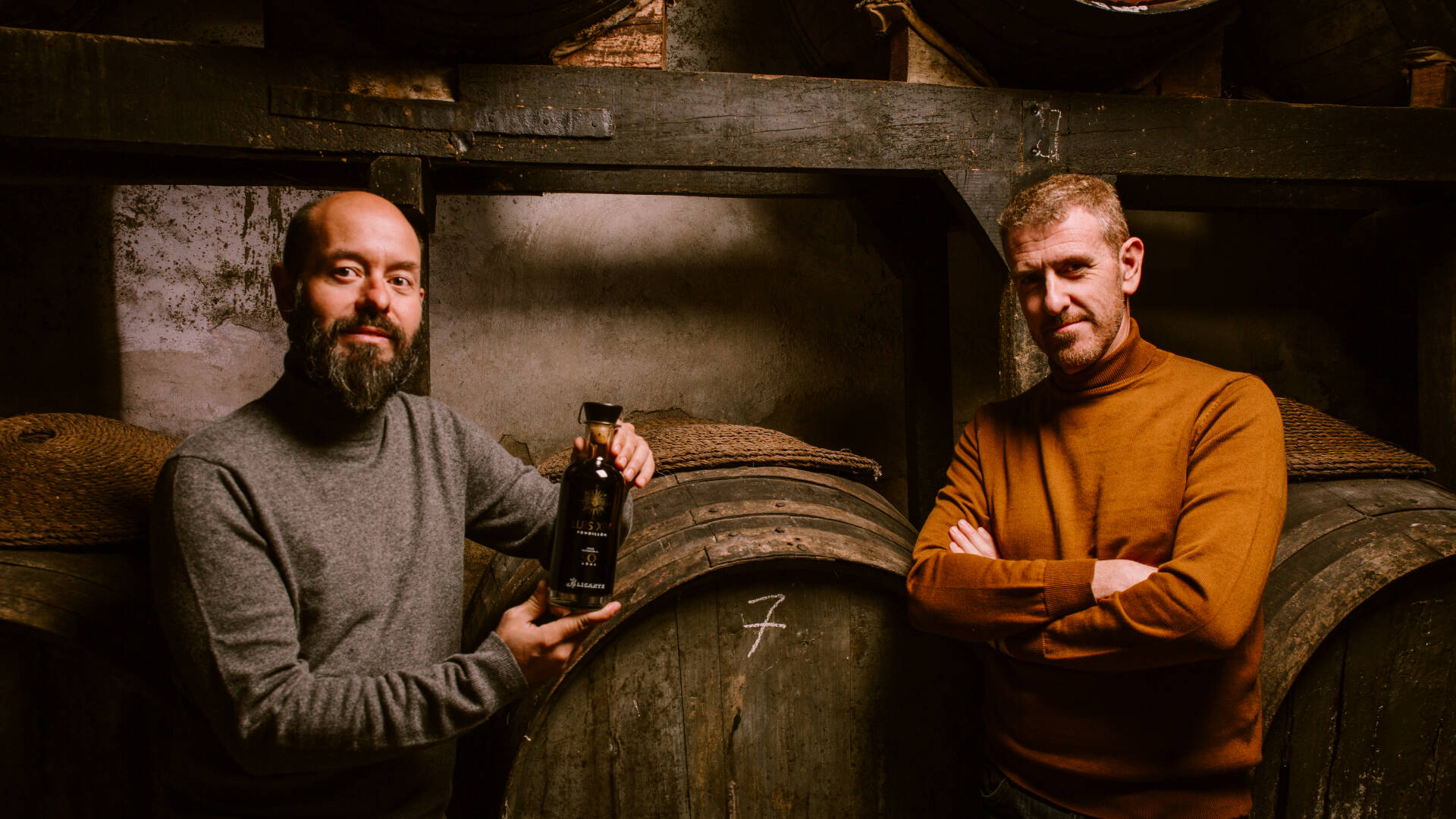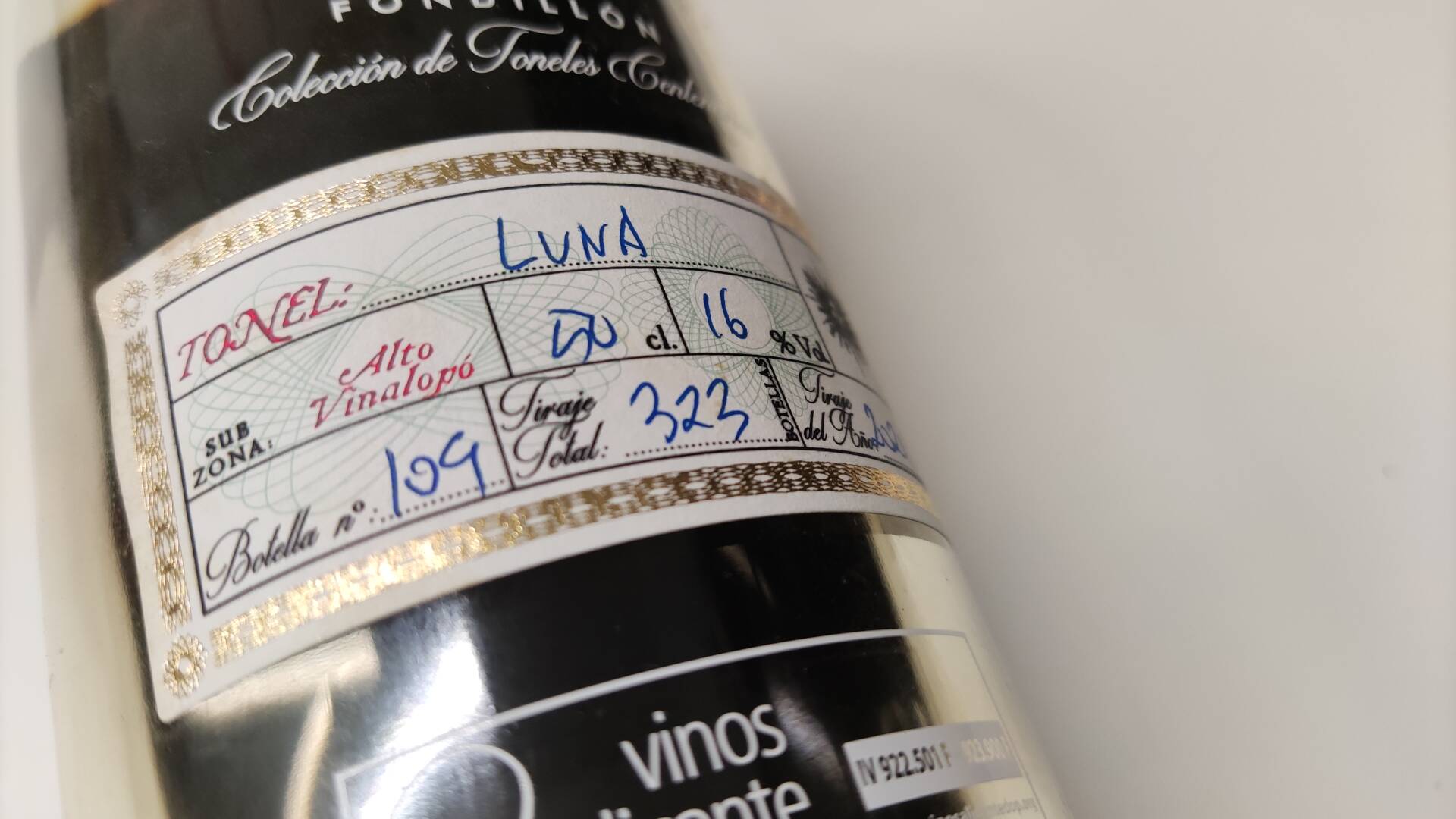
The magic of the 99-point fondillón
Coinciding with the release of the latest tastings of Alicante and Valencia carried out by our tasting team, which can now be consulted exclusively by Premium users of the Guide, today we would like to bring you closer to the magic of a unique wine in Spain, the fondillón.
Consult all the new tastings by clicking here.
In Spain there is an exquisite and select minority of wines that have been with us for centuries. They are wines that have survived the passing of time, trends and the new creations that are made every year in every major wine-producing country. These wines remain unknown to the general public, who are unaware of their true value. Tradition, quality, history and culture are some of the ingredients that underlie these traditional and historic wines. Fondillón is undoubtedly one of them, and for this it is necessary to travel to the only place in Spain where it is made, Alicante.
What kind of wine is fondillón?
It is a red wine made from Monastrell grapes, which comes from an oxidative ageing in barrels ranging from 225 litres to 2,300 litres, although you can also find small wooden containers of 16 litres, 50 or 125 litres because these wines were made in a very small scale by families who owned some vineyards and land for the farming of other products. These wines can have up to 40 g/l of sugar, so, depending on the producer, they can be dry or sweet.
The good thing about historic wines is that they contain in a glass apiece of time, a way of understanding wine that can remain unchanged over theyears. Fondillón has by definition a minimum ageing period of 10 years and allows, as in Jerez wines, the production by the solera method in which small portions of wines from other vintages are blended in the oldest barrel or cask of all. One of the great differences with the Olorosos of the Marco lies in the origin of the raw material. While in Jerez we are talking about a white grape, the palomino fino, in Alicante we find its star red grape, the monastrell.

Another important differentiating aspect is that fondillonesare not allowed to be fortified with alcohol. All the alcohol it contains comesfrom the fermentation of over-ripened grapes on the plant itself. The linkbetween these two historic wines lies in their oxidative ageing, i.e. how theoxygen relates to the wine over the years and how something magical emergesfrom this relationship.
Fondillón in the Peñín Guide
In recent years we have witnessed a slow but steady growth in the production of this type of wine. While in 2011 we tasted 6 of these wines, in this edition of the Guide there have been ten that have passed through our tasting table. The great majority of these "novelties" are not in terms of new winemaking, but rather the discovery of some old fondillones that had been forgotten in the depths of some cellar. The good fortune of falling into the right hands has meant that these wines have seen the light of day and can now reach our tables.
Up to five of these wines have entered the podium of this year's Peñín Guide, which means that they have reached 95 points and therefore are, in our opinion, part of the elite of Spanish wines.

This select group of wines is led by the bodega Colección de Toneles Centenarios, a small project founded by David Carbonell, from Vins del Comtat, José Ferrero and Regino Ballester. Their Fondillón Luis XIV line comes from unique barrels from wineries that closed their doors in the 1960s after the creation of the Cooperatives, in the villages of Canyada and Beneixama. As if they were treasure hunters, their creators have been able to relaunch these old vintages that over the years have been concentrated and refined to such an extent that what has reached our glasses have been authentic gems.
Although the recovery of these forgotten wines was the starting point of this new project, since 2017 this winery has been making wine that will be used to make fondillón, quite a feat in times when few are committed to making such economically expensive wines. In this relentless search for lost fondillones this house has located an old cask made by Bodegas Ferrero and that was in the Archbishopric of Valencia, a cask that is far from the traditional Alicante pitcher (11.5 litres) with which they usually work, and which has a capacity of approximately 650 litres and on which you can read Mislata, municipality of Valencia. It is a cask that retains part of the essence of the fondillones from Alto Vinalopó, that is to say, more concentrated and sweet, perhaps because of this close relationship with Valencia, as David Carbonell confesses.
Fondillón Luis XIV Tonel Luna, the jewel in the crown with 99 points
The Colección de Toneles Centenarios winery is located in Alto Vinalopó, in the northwest of the region, and the Sierra de Mariola is the perfect setting for growing the Monastrell grapes used to create this unique and authentic project. The Luis XIV Tonel Luna fondillón, their latest revelation to the world of wine, arrived in our glass with all its magic. It is a fondillón that comes from an old winery in Benejama called Bodegas Luna and that they have managed to recover and bottle as it was, a jewel full of complexity and history, with nuances that made us fly to the top. The progress of this project will continue, and we are already looking forward to tasting this fondillón Mislata to see if it really is another jewel of this Colección de Toneles Centenarios.


There are more fondillón magicians in Alicante such as Vinos de Algueña with its Guardianes del Fondillón 1955, Brotons V & A and its Brotons Gran Fondillon Reserva 1964 or the same 1970 or Bodega Francisco Gómez with its Quo Vadis 1972. All these houses contribute to keeping alive a unique wine in the world and guarantee the survival of a way of working that should not be lost for the common good.
What does a fondillón smell and taste like?
The term fondillón covers wines of varied ageing, from the stipulated minimum of 10 years to as long as the life of the cask and the wine lasts, which can be almost infinite. It will be this ageing that will mark the organoleptic nuances of the wine. For the youngest wines, the first olfactory aspect that we can extract is the sensation of overripe fruit; figs, prunes and dried apricots may appear on the nose. The fruit, of course, is very important in this type of wine and even more so if it is young. In a more detailed analysis we should begin to glimpse the aromas of time in the wine, and when we speak of time we are talking about a slow evolution and relationship with the aforementioned oxygen. Nuts such as hazelnuts and bitter almonds will appear and interrelate with other equally interesting notes, such as varnishes, spices, wood, chocolates and even acetaldehyde, which will be more or less marked depending on the age of the wine. As these wines age, we get closer and closer to the great historic wines of the world such as ports, madeiras or very old sherries, an aromatic and gustatory evolution in which all these wines converge thanks to the primordial role that oxygen plays in the cask, foudre or bota where they age.
The origin of the term fondillón reveals part of its exclusive essence, as in the past, some barrels were left separate at the back of the cellar, so as not to get in the way and to leave them almost in oblivion. Perhaps the term "fondillo" is an allusion to the fact that they were generally small containers, as it was customary to make very small quantities of this very special wine.
It is historically documented that in the 15th century this type of wine was in great demand to be taken on board the great expeditions that sailed the Atlantic. The British Royal Navy, in the 17th century, was the main consumer of Fondillón and its ships regularly visited the port of Alicante. On the other hand, Fondillón was the favourite wine of the European aristocracy from the 16th to the 19th century. Do you want to feel part of this 16th century aristocracy? Then don't miss the opportunity to taste these sublime and immortal wines.

 Log in
Log in



